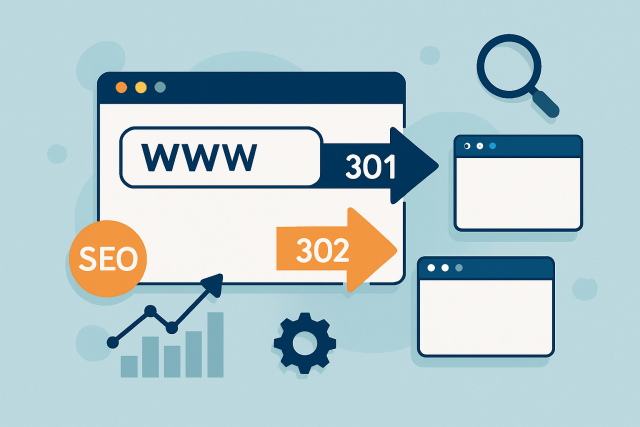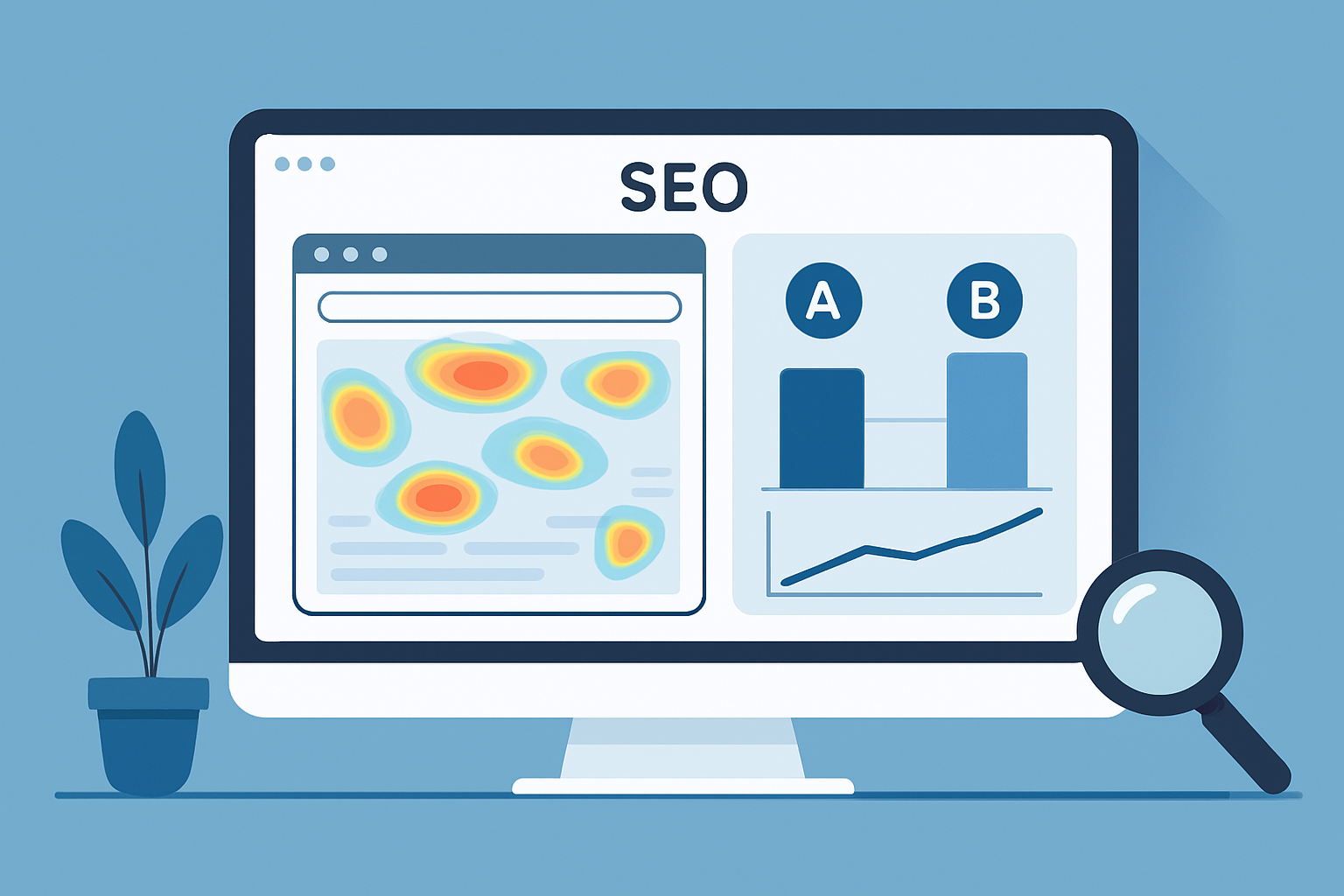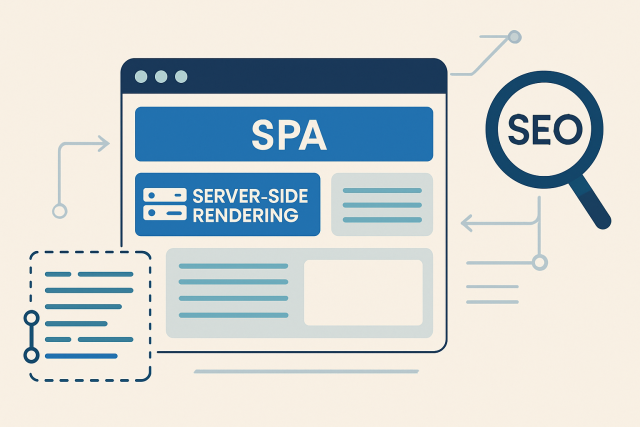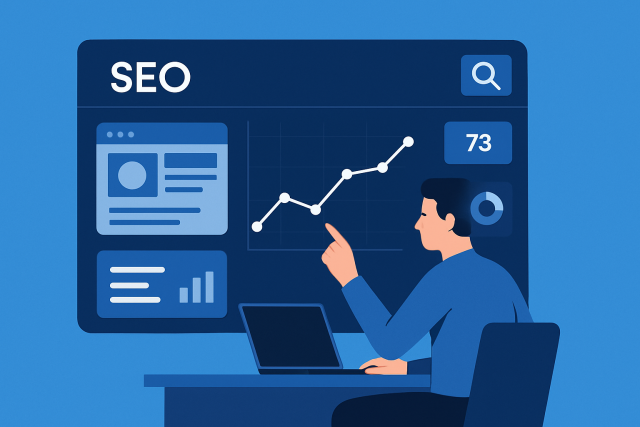
301 Redirects vs 302 Temporary Redirects Explained
Confused by 301 and 302 redirects? This guide explains their differences, SEO effects, and how to us...

The Navboost algorithm represents a significant leap forward in Technical SEO by sharpening site navigation to improve both user experience and search rankings. This detailed guide walks you through the core principles behind the algorithm, explains the technical workings, shares smart ways to optimize for it, highlights common hurdles you might face, and offers a peek at upcoming trends that SEO specialists should watch.
Let's take a closer look at what makes the Navboost algorithm tick—breaking down the basics and its backstory without turning your head into a pretzel.
Navboost is an SEO algorithm crafted to shine a spotlight on well-optimized website navigation, treating it as a important ranking factor. It came onto the scene to answer the rising demand for search results that really put the user experience front and center. Navboost takes a close look at how a site is structured and how people actually interact with the navigation elements, aiming to boost both relevance and rankings in search engines.
The Navboost algorithm taps into sophisticated signal processing and machine learning magic to understand how users navigate and how the website is laid out. It analyzes the site's structure, click paths and interaction data to determine what navigation hits the mark. It tweaks rankings as user engagement patterns shift and evolve over time.
User experience lies at the heart of how Navboost gauges success. Key factors such as how easily users navigate, how far they click down the rabbit hole, session length, and bounce rates play a important role in shaping the algorithm's score.
Optimizing for Navboost calls for a fresh look at your website's navigation and internal linking—think of it as giving your site a little spring cleaning. This section lays out practical steps to make your links clearer and organize menus more intuitively. It also shows how to add breadcrumbs that align with Navboost’s scoring priorities and boost your overall SEO.
Kick things off with a thorough navigation audit to uncover those pesky pain points and remove any links that don’t pull their weight.
Streamline your menu structure by cutting down on layers so it’s easy for users to find what they’re after without getting lost in the maze.
Add breadcrumb trails so visitors can always keep their bearings and know exactly where they are on the site.
Polish up internal link anchor text by keeping it crystal clear and full of relevant keywords that actually help.
Speed matters so focus on shaving seconds off your page load times because faster navigation usually means happier visitors and better engagement.
Apply schema markup since it acts like a neat little roadmap for search engines to understand your site’s setup much more easily.
Make sure your site's navigation really clicks with how your target users behave and what they expect — this is the secret sauce to getting the most out of Navboost. Dive into user flow data to catch the most common paths and aim to keep important content just a few clicks away to avoid unnecessary wandering. Tools like Semrush's Site Audit or Ahrefs' Site Explorer can be real lifesavers for uncovering sneaky navigation and linking issues. Do not forget to add internal links with natural and clear anchor text. This not only strengthens topic relevance but also guides users along.
Keeping tabs on Navboost's performance means closely watching user navigation metrics and SEO indicators with a trusty set of specialized tools and some thorough audits.
| Metric Name | Description | Measurement Tool | Optimal Range | Impact on Navboost |
|---|---|---|---|---|
| Click Depth | The number of clicks it takes to reach key pages | Google Analytics, Semrush | Lower is always better (ideally 1-3) | Shallower click depth usually means smoother sailing for users |
| Bounce Rate | Percentage of visits where users stick to just one page | Google Analytics | Aim for under 40% | Lower bounce rates often give Navboost scores a nice little boost |
| Time on Site | Average duration users spend per session | Google Analytics, Ahrefs | Above average | Longer time on site usually means visitors are hooked, which is great news |
| Internal Link Density | How many internal links you have on each page | Moz Pro, Mangools | Keep it moderate (5-10 links) | A well-balanced number of links tends to beef up navigation quality nicely |
| Page Load Speed | Time it takes for a page to fully load | Google PageSpeed Insights | Less than 3 seconds | Faster loading times seriously help improve user experience signals |
Advanced methods like A/B testing navigation choices and heatmap analysis provide a treasure trove of insights into how visitors interact with site navigation.

Dashboard illustrating user navigation heatmaps and A/B testing analytics essential for Navboost optimization.
Optimizing for Navboost usually means wrestling with complex navigation systems and making sure the site stays lightning fast and responsive. It also requires keeping pace with ever-shifting algorithm updates.
"Success with Navboost really hinges on embracing a flexible SEO strategy that keeps user experience front and center, all while rolling with the punches as algorithms keep shifting. In my experience, staying nimble and leaning on solid data when making calls is key to navigating those tricky optimization hurdles." — SEO Expert Rachel Mendoza
Many organizations have seen noticeable boosts in their rankings and user engagement once they aligned their website navigation with Navboost principles.
The navboost algorithm continues to evolve. AI is stepping into the spotlight more than ever alongside sharper analysis of user behavior and tweaks to keep pace with emerging tech like voice search.

Confused by 301 and 302 redirects? This guide explains their differences, SEO effects, and how to us...

Discover how HTTPS impacts SEO and user trust with this comprehensive guide covering migration steps...

Single Page Applications challenge traditional SEO methods. Learn specialized tactics to boost visib...

Discover actionable SEO strategies to optimize Single Page Applications effectively. Use Semrush too...